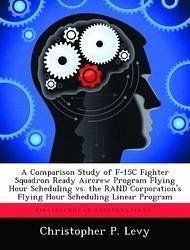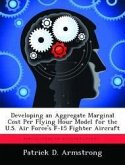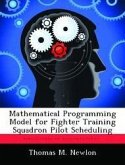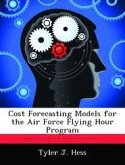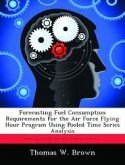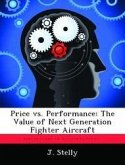This research compares and contrasts the Flying Hour model created by the RAND corporation with the Ready Aircrew Program (RAP) model from Air Combat Command. The RAP model was designed to generate an annual flying hour program that specifies the minimum number of sorties required to stay tactically safe. The RAND model was designed to provide fighter pilots 13 sorties per month, a number determined from surveys of combat aviation leadership. The RAND model is built on the assumption that the fighter pilots would be immediately ready to deploy to a combat situation. In contrast, squadrons using the RAP model must take extra sorties and time to get fighter pilots ready for war. This research recommends an increase to AFI 1-2F-15V1 annual pilot requirements. This plus-up will increase average monthly sorties for combat mission ready API-1 pilots to the Air Force Safety Center recommended 11 flights per month at a flying hour cost of approximately $1.7 million per squadron.

